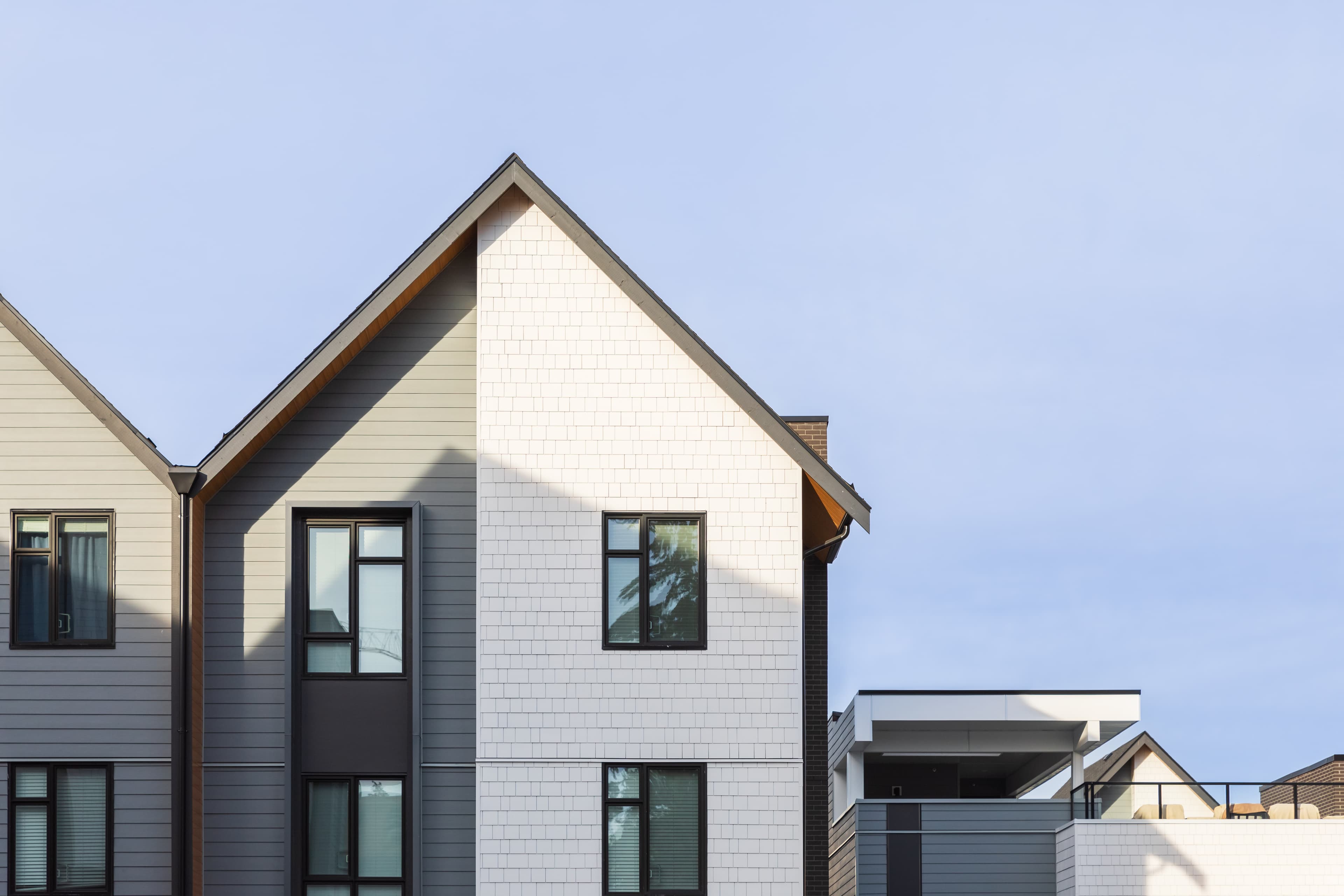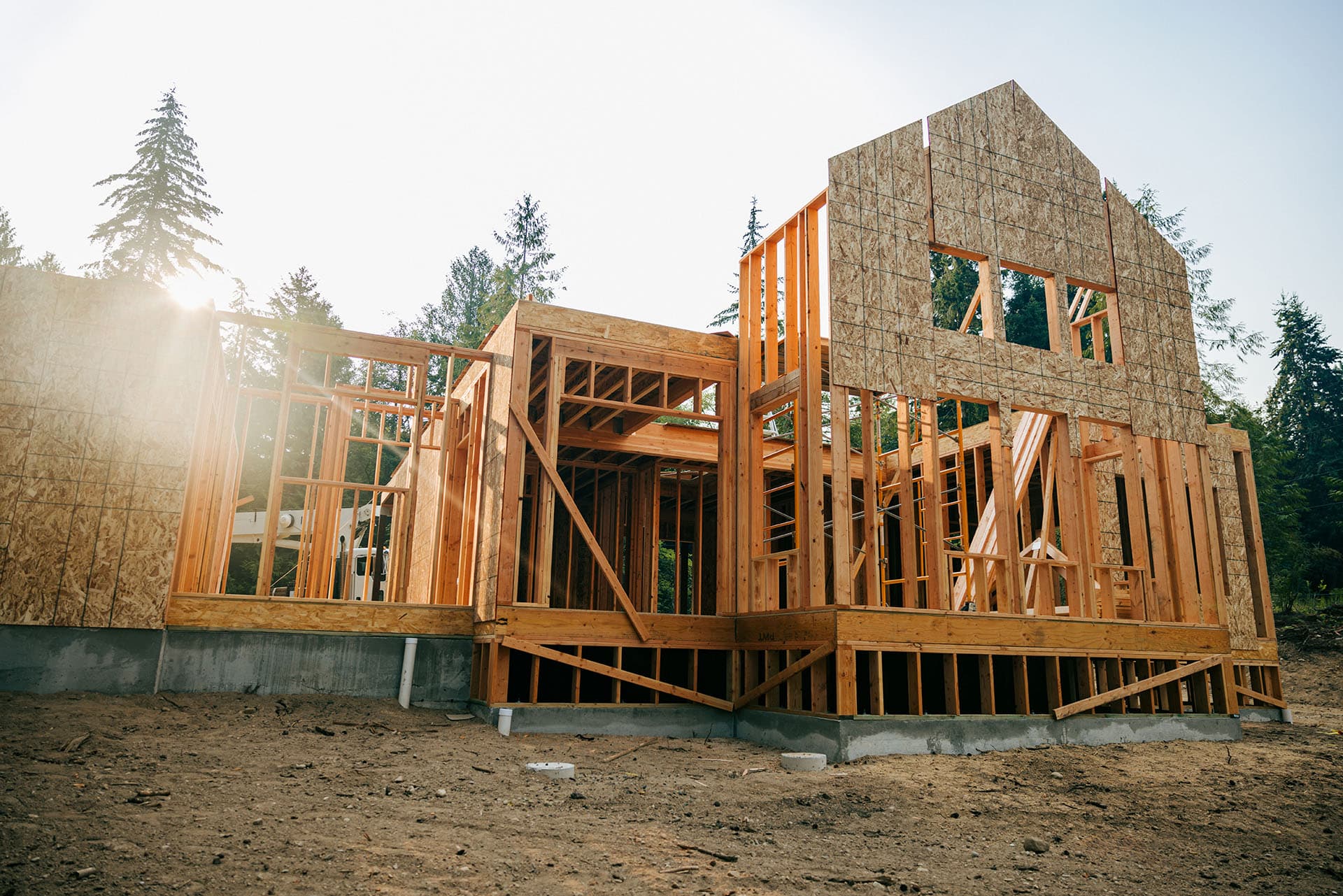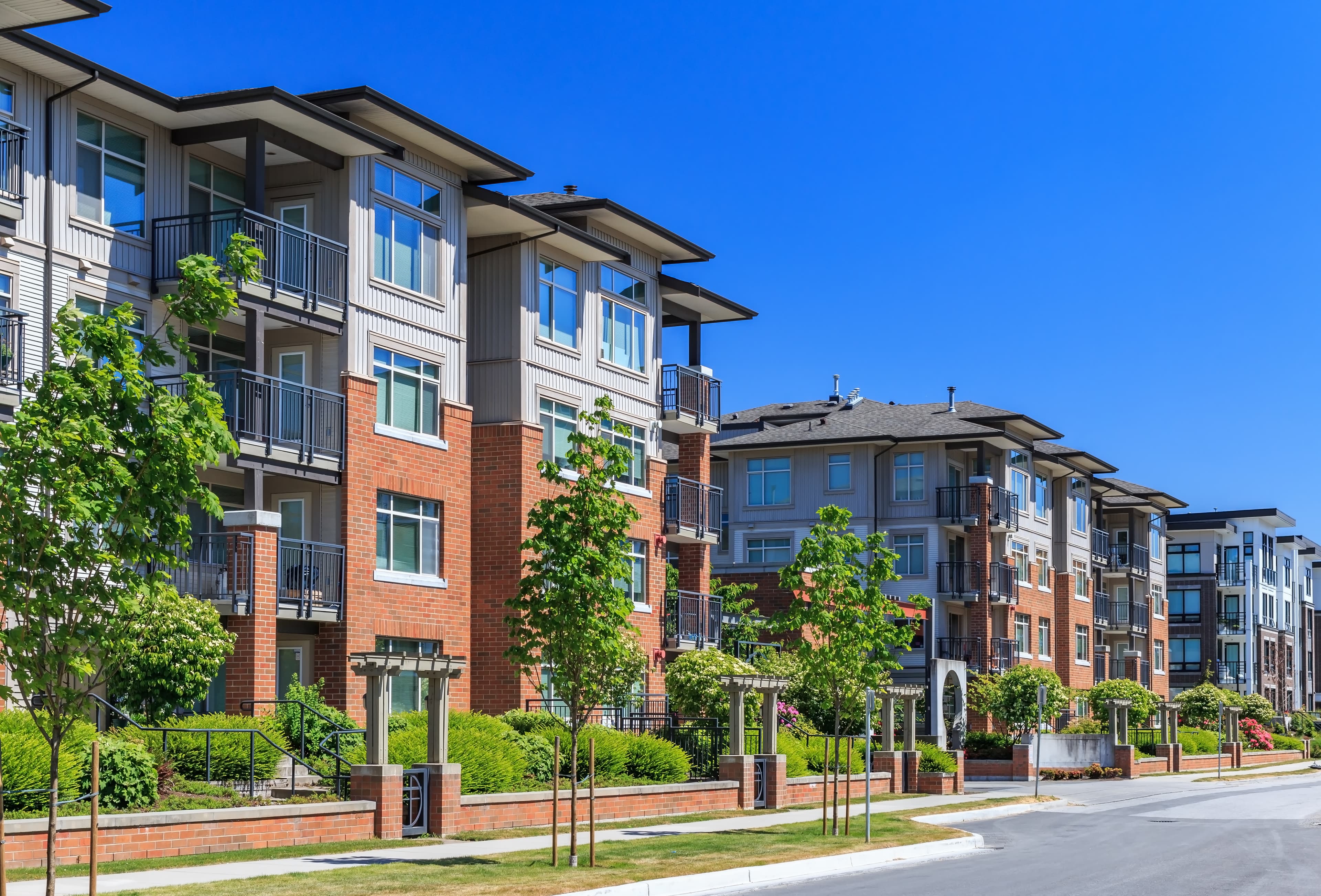Canada’s small-scale multi-unit housing: What to know before embarking on development

Key highlights:
The province of British Columbia, and the cities of Edmonton and Toronto are among those local governments that have approved small-scale multi-unit housing up to six or eight units
Smaller scale doesn’t mean easier; it's important to consider the costs, challenges and complexities involved in small-scale multi-unit development projects before jumping in
One practical scenario is where a homeowner tears down an aging single-family home to create multiple units that can be given or sold to their adult children or other family members
A second scenario is to undertake a small-scale development strictly as an investment by creating added density on an existing single-family lot and reselling some or all of the units
Spending a little bit up front on the due diligence and feasibility phase can potentially save a lot of time and money on the back end
New legislation across Canada allowing for small-scale multi-unit housing (SSMUH) has unleashed a flurry of interest in redevelopment opportunities. But such projects may not be the “silver bullet” solution to affordable housing – or wealth creation – that many believe.
The province of British Columbia was one of the first regions to lead the way in approving legislation that requires local governments to allow for more density in residential areas. The legislation, which is part of the province's “Homes for People” action plan, aims to address the housing crisis by permitting secondary suites, duplexes, and up to six units on some lots. Edmonton has introduced its Small Scale Residential Zone that allows up to eight or more units on a residential lot. Other local governments across Canada are looking at similar action to ease existing zoning. For example, the Toronto City Council voted in June to allow the construction of sixplexes but limited it to neighbourhoods in nine wards.
The driver behind much of this legislation is to create more housing and bridge the gap between large-scale multi-unit development and single-home construction. Housing affordability remains a huge problem across much of Canada, with exorbitant costs to buy or build a single-family home in major cities. In Greater Vancouver, for example, the average cost to purchase a detached single-family home is hovering around $2 million.
SSMUH is one housing strategy that, at least partially, may help to improve housing affordability. It also has the potential to unlock investment opportunity from the family home, and possibly restore some chance for future generations that are priced out of detached house ownership. Affordability aside, Canada needs homes that fit how people want to live today, as well as how they expect to live in the near future. Not everyone wants to live their entire life in a high-rise condo or rental apartment unit.
But, while the zoning changes do have some potential benefits in terms of streamlining the process, there also are some misconceptions that SSMUH is being touted as a solution to the country’s affordable housing crisis, or that it is a huge money-maker for homeowners. “There are some benefits to the zoning changes, but such development projects are by no means simple,” says David Eger, Vice President, Western Canada, Valuation Advisory. It's important to consider the costs, challenges and complexities involved in SSMUH development projects before jumping in, he adds.
Analyzing your costs and ROI
Smaller scale does not mean less expensive. SSMUH projects can be both complex and costly. Eger calculated the costs for a fourplex project on the west side of Vancouver on a typical 50- by 120-foot lot. He assumed a total size of 6,000 square feet, with individual unit sizes of 1,500 square feet.
Key assumptions:
Purchase price: Approx. $625,000 per unit (or $2,500,000 for the 6,000 sf lot)
Construction costs, including both hard and soft costs: Approx. $1.25 million per unit (or $830 psf)
Estimated sale price based on the current market: More than $2 million per unit (or $1,350+ psf)
Estimated developer profit: Approx. $125,000 per unit (or $500,000 for all four units).
When budgeting for cost, one factor to consider when doing an SSMUH development is that you may not get the economies of scale that one would in building a fourplex as you would in building a larger project, such as a 30-unit townhouse. For example, the architecture and engineering fees might be similar. Owners also have to prepare for the unexpected that can cause costs to balloon out of control. In the case of one fourplex development, costs soared when the city required the owner to also upgrade the sewer and water connected to the property.
One could argue that the construction cost estimates are “too high” and there are contractors who can do it for less. “At the end of the day, you want to design something that fits the character of the neighbourhood, and you don't want to build something that's cheap and low quality and then expect to be able to get a high-end unit price for it,” says Eger. Although small-scale projects are expensive to build due to a number of different reasons, that doesn’t necessarily mean they’re not feasible, he adds.
Different use-cases emerge
A common trend these days is to tear down smaller, older homes in order to build a larger, more modern one. The new legislation presents an alternative to redevelop that home into not one big home, but instead multiple smaller homes. For example, an older retired couple that is looking to downsize could consider SSMUH as an alternative that allows them to remain in their community, while also generating revenue from the investment or sharing their existing property with multiple family members.
One practical scenario is where a homeowner tears down that aging single-family home to create multiple units that can be given or sold to their adult children or other family members. Potential benefits include creating affordable housing for family members, or allowing aging parents to remain in their home and have the support of family. In that scenario, SSMUH can serve a variety of purposes, such as family planning, and inheritance in the form of wealth transfer.
SSMUH appeals to people who want different lifestyles post-pandemic. “They want to still be close to the cities and have an affordable place to live and a community versus having a lengthy 90-minute commute,” says Heather Globush, Associate Director, Development Advisory. “The small-scale multi-plex also gives parents and families flexibility to be able to stay in certain communities.”
A second scenario is to undertake a SSMUH development strictly as an investment by unlocking equity by creating added density on an existing lot and reselling some or all of the units. “This is an opportunity, but people also need to recognize that it’s not the same as doing a kitchen or bathroom renovation. This is a major undertaking. It involves potentially putting a lot of money into the development, and it’s not a risk-free venture,” says Eger.
Understanding the risks
Adding density comes with a number of design challenges in terms of size and configuration. How do you fit multiple units on one lot, while accommodating things such as parking and green space – both of which can impact the resale value. Many properties are impacted by site-specific constraints – physical or regulatory conditions that limit where and how development can occur.
“There are companies out there that are pitching small-unit developments as a risk-free investment, saying that they will handle everything, and you just need to sign on the dotted line and you’ll make a million dollars. It’s never that easy,” says Eger. “If a homeowner is planning to do a fourplex on 50 x 120 foot lots with no room for parking, it may be tough to find a buyer willing to pay $2 million if there’s no room to park their big BMW or Ford F150.”
The new legislation allowing for small-scale development does save time in not having to apply for rezoning of a property. However, there are also additional hurdles that remain in place, such as obtaining building permits. Even if a municipality allows for six units, it may not make sense because the development could end up with units that are cramped, poorly designed, and poorly laid out. “Sometimes, density is not your friend, because you can build too much,” says Eger. So, it’s important to do an analysis to see what works best for the site and has the potential to generate the best ROI, which may be a duplex, triplex or fourplex rather than the maximum a city allows, he adds.
Even when zoning permits more housing, physical infrastructure, such as aging or undersized water or sewer, roadways and local schools, may still be a barrier. In some cases, if the local infrastructure can’t support added units, municipalities may deny or delay the building permit or require the owner to pay for certain upgrades. In addition, even when zoning and servicing align, new housing units must still meet Building Code and local fire safety requirements.
It’s important to get professional advice on the feasibility of a project before going down the path of teardown and redevelopment. What are the design options? What are the costs? What is the potential return on investment? How do you best execute?
One of the first steps is to hire an architect to look at the site and come up with a concept plan based on the size and layout of the site in terms of what can be built. Depending on the location, an owner might not be able to build more than three units on a property, as an example. Second, talk to realtors to understand what the buyer market wants and what they’re willing to pay based on current market pricing. Spending a little bit up front on the due diligence and feasibility phase can potentially save a lot of time and money on the back end.
Growth potential for SSMUH
SSMUH could very well gain momentum as a housing alternative in what remains a challenging real estate market with home prices and mortgage financing rates that are pushing home ownership farther out of reach for many people. At the same time, there is a sizable portion of the urban housing stock that includes smaller, older homes that are ripe for redevelopment. “This is an interesting option for people who perhaps are looking for a housing solution or next step, and don’t know what to do,” says Globush. In addition, while SSMUH may not be a solution to solving the affordable housing crisis, it does offer a solution to help people stay in their neighbourhoods as housing costs rise or their personal circumstances change.
The older housing stock, cost of housing, and zoning law changes are all tailwinds behind SSMUH development. Coquitlam, for example, has created triplex and fourplex design plans that can be downloaded for free, which also helps to reduce costs and speed up the overall process. As more small-scale projects get built, the hope is that there will be more benchmark data and greater transparency into costs and return on investment. However, while there is a lot of potential for more growth in small-scale development, people do need to approach it with caution and seek good advice.
Ready to run the numbers? Download our Vancouver and Coquitlam fourplex pro forma samples
Want to be notified of our new and relevant CRE content, articles and events?
Authors

David Eger
Vice President, Valuation Advisory - Western Canada

Heather Globush
Associate Director, Development Advisory
Authors

David Eger
Vice President, Valuation Advisory - Western Canada

Heather Globush
Associate Director, Development Advisory
Resources
Latest insights





Jul 22, 2025
EP4 - Modular, faster, smarter: How SAMI is redefining residential construction
